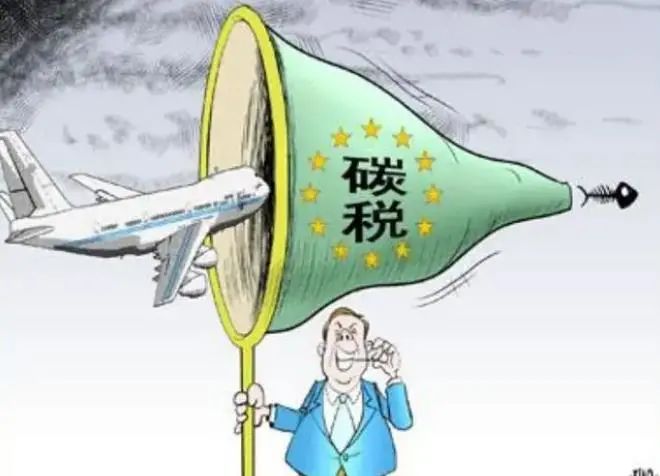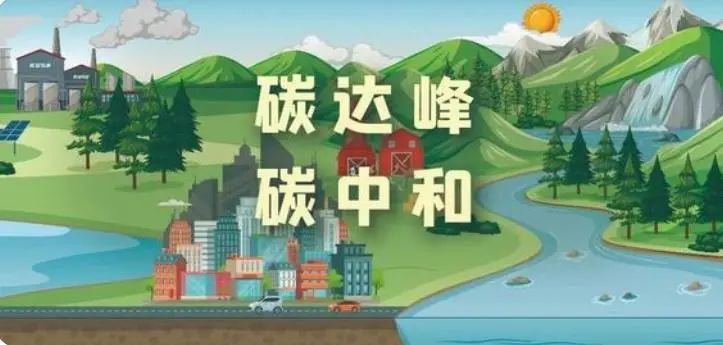European Commission approves Carbon Boundary Regulation Mechanism (CBAM)
DATE:2022-03-18
CBAM





According to CCTV news, on March 15 local time, eu member states (European Commission) reached an agreement on the general guidelines of the EU carbon border tax, also known as THE CBAM carbon border Regulation mechanism, which is one of the key elements of the EU "Carbon 55" package.

Bruno Le Maire,
French Minister of Economy, Finance and Recovery
The European Commission's agreement on the carbon boundary adjustment mechanism is a victory for European climate policy. It gives us a tool to accelerate decarbonization of industry, which will motivate other countries to become more sustainable and reduce emissions.
"Carbon Reduction 55" package legislative plan
In the summer of 2021, the European Commission (hereinafter referred to as "The Commission") presented a series of proposals (the "Carbon 55" legislative package). The legislative package aims to align EU climate, energy, land use, transport and tax policies with the EU's goal of reducing net greenhouse gas emissions by at least 55% compared with 1990 levels by 2030 and the overall goal of climate neutrality for Europe by 2050.
One of the proposals is a carbon boundary Adjustment mechanism (CBAM). The carbon boundary adjustment mechanism would set a carbon price for some products imported from the EU. The European Parliament and the European Council will jointly issue proposals for a carbon boundary adjustment mechanism. Under the ordinary legislative process, the competent committee for the CARBON boundary adjustment mechanism is the Environment, Public Health and Food Safety Committee of the European Parliament. In December 2021, the Committee on the Environment, Public Health and Food Safety completed its discussions and submitted a proposal to the European Parliament.
The bill is seen as a major revision of the original draft, aimed at rapid deployment and expanded coverage.

Although there have been calls for imposing carbon border regulation taxes on imported products in many countries before, they have never been implemented. Now that may be about to change.

After 2023, industries with high energy consumption will be gradually included
The proposal is part of the EU's ambitious goal of becoming carbon neutral by 2050. The European Green Deal, published in December 2019, lists carbon border taxes, along with energy tax reform, as one way to accelerate this transition.
The proposal adopted this time mainly includes three aspects:
First, all goods under the EU emissions trading system should be included in the scope of carbon tariffs;
Second, revenues from carbon tariffs should support THE EU's climate and energy industry policy.
Third, the mechanism should not be abused by trade protectionism.
The proposal argues that the need to prevent "carbon leakage" on climate change could undermine global efforts to tackle the problem if high-polluting companies operating only in the EU are relocated to non-EU countries. Carbon leakage is when greenhouse gas cuts in developed countries cause emissions in developing countries to increase.

Starting in 2023 and after evaluation, the eu carbon border regulation mechanism will cover the power sector as well as cement, steel, aluminum, oil refining, paper, glass, chemical and fertilizer industries with high energy consumption. These industries continue to receive a large number of free carbon allowances, equivalent to 94% of eu industrial emissions.
The Commission's economic recovery plan proposal previously stated that the carbon border adjustment mechanism could generate between €5bn and €14bn of additional revenue per year, depending on its scope and design.
China's high-carbon industries may face pressure
On the one hand, the imposition of carbon tariff will directly lead to the increase of export cost of products of high-carbon enterprises and weaken the international competitiveness of export products of high-carbon enterprises. On the other hand, the export of high-carbon products will be restricted by the countries imposing carbon tariffs, which will lead to the compression of the export market, which will have an impact on China's export trade.

Under the background of carbon peak and carbon neutrality, energy-intensive industries will accelerate the pace of green transformation, which is the realistic requirement for China to fully achieve the "30-60" goal, and the inevitable choice for relevant industries to maintain international competitiveness.
Chinese companies should take action to better understand the carbon footprint of their products and how to reduce it, which will help them implement green development strategies and prepare for the EU border tax. At the same time, accelerating the development of China's carbon trading market will not only help save energy and reduce emissions, but also continue to stimulate sustainable green investment.
LASTER NEWS
Media interview on carbon cleaning technology
2022-03-23[News] Carbon technology was invited to attend the carbon Peak carbon neutralization work symposium
2022-03-04[Review of the first year of the National Carbon Trading Market]
2022-03-18"Clean Carbon Technology" was invited to conduct professional training on double carbon for the League of Nations Group
2021-12-23COP26 -- The best time and the last chance!
2021-11-12When we talk about carbon neutrality, what are we talking about?
2021-10-28Support for the
2021-10-19Enabling a zero-carbon future
2021-10-15Carbon removal technology helped wuxi Bureau of Ecology and Environment "tin carbon walk" activities
2022-02-26"Clean Carbon Technology" was invited to conduct professional training on double carbon for the League of Nations Group
2022-03-08




 苏公网安备31010702002557号
苏公网安备31010702002557号